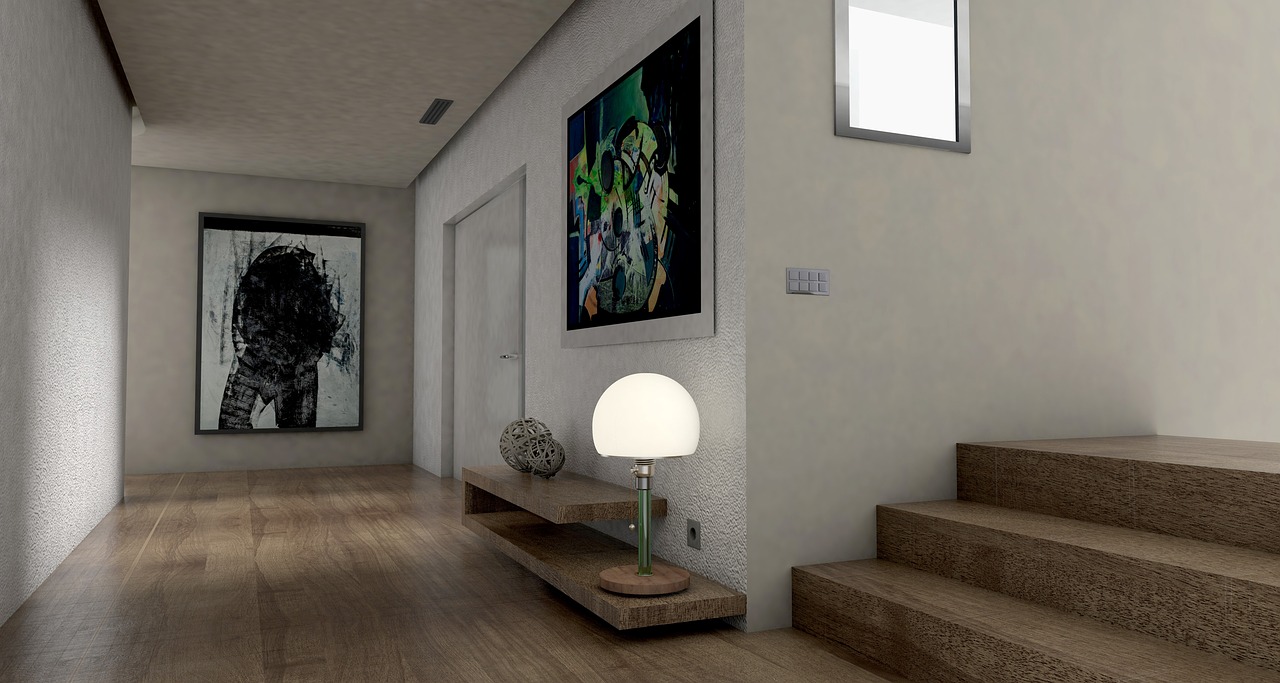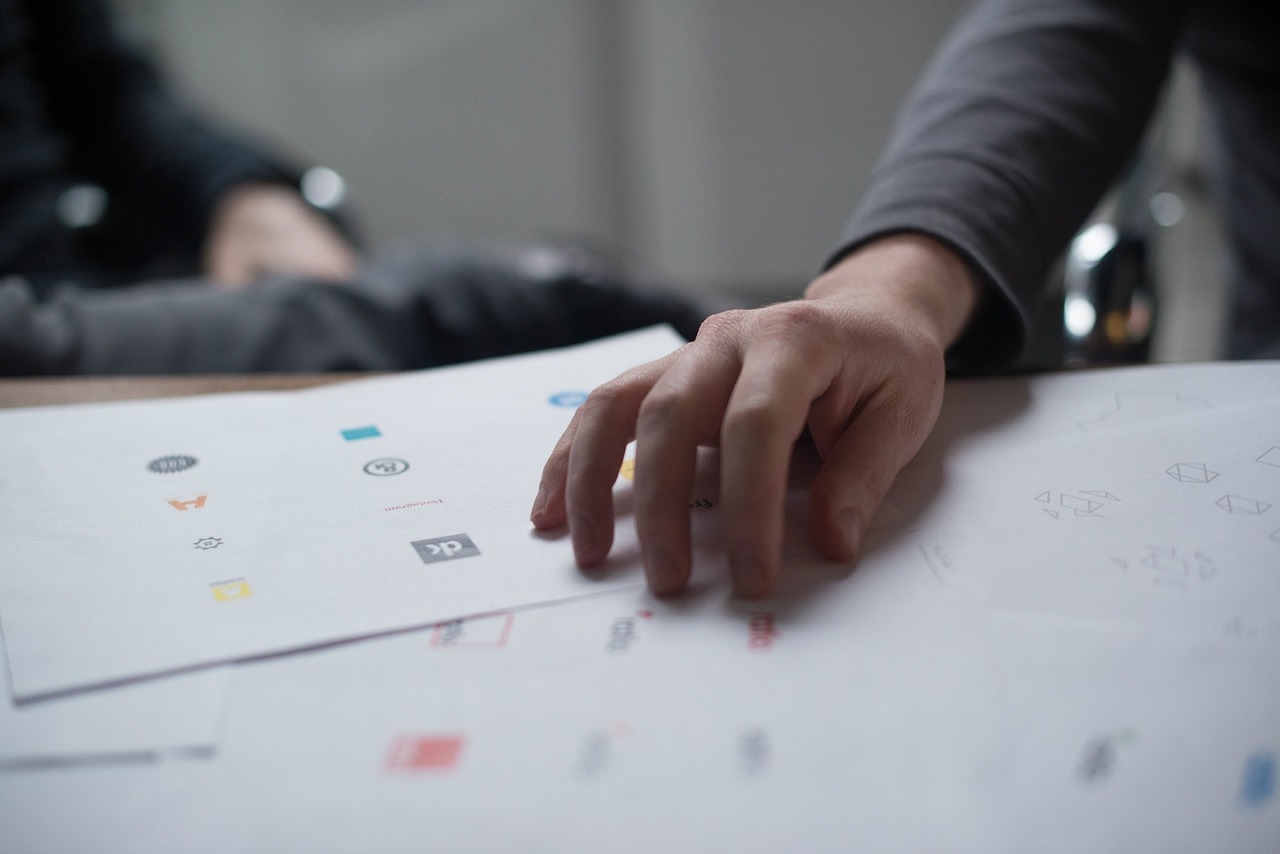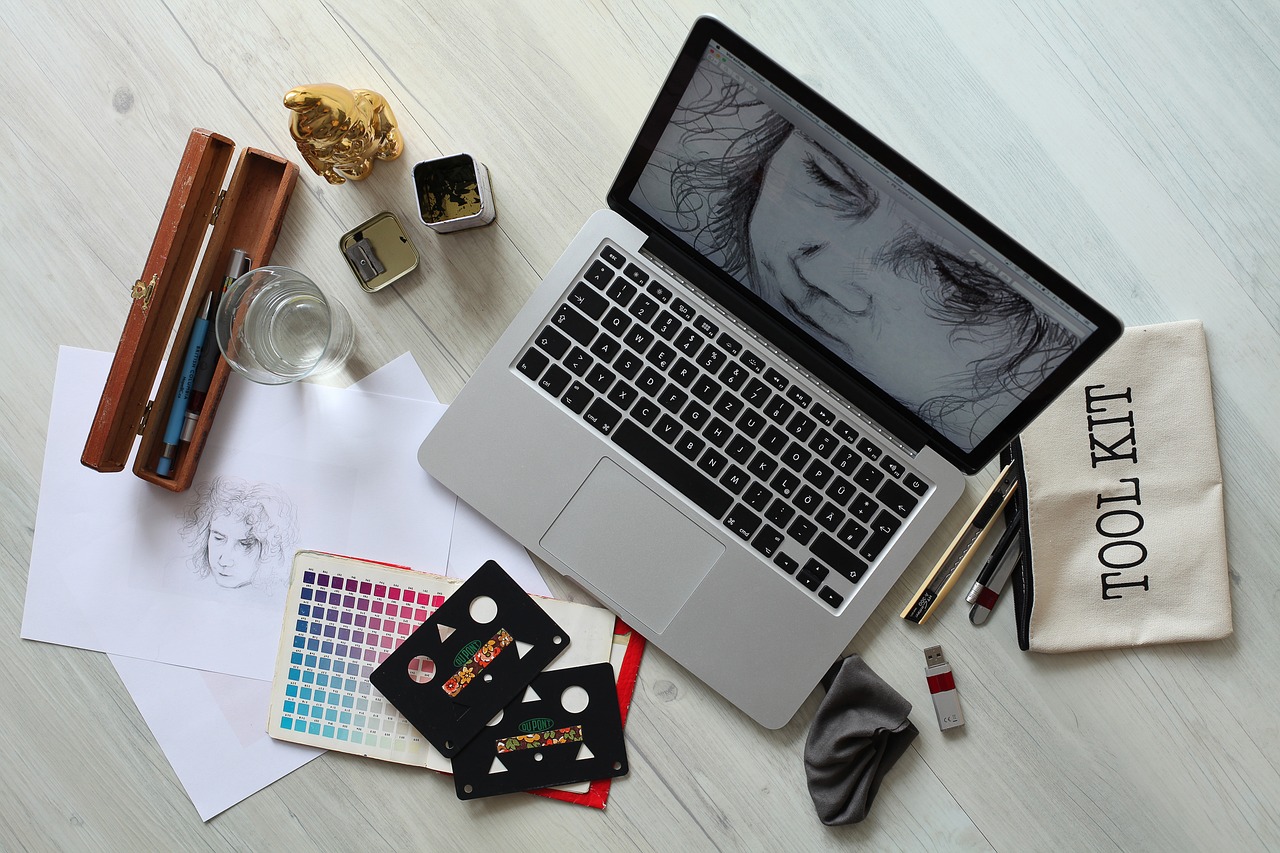Introduction – Graphic design is constantly evolving, but did you know that museums play a crucial role in shaping its trends and innovations? From timeless art collections to contemporary exhibitions, museums offer designers a deep well of inspiration. Whether it’s typography, color theory, or digital aesthetics, you will discover How Museums Influence Modern Graphic Design Trends & Innovations.
In this blog post, we’ll explore how museums impact graphic design, drawing insights from historical masterpieces, artistic movements, and curated design exhibitions.
1. Museums Preserve Timeless Design Principles
Museums house centuries-old artworks that showcase fundamental design principles such as balance, contrast, harmony, and proportion. Designers study Renaissance paintings, Bauhaus posters, and Art Nouveau illustrations to understand composition techniques that still influence branding, packaging, and digital layouts today.
Many contemporary designers look to the Bauhaus movement (housed in institutions like Bauhaus Archive, Germany) for inspiration in minimalist, functional design seen in UI/UX interfaces today.
2. Color Theory & Palettes from Art Galleries
Museums curate exhibits with masterful use of color, providing graphic designers with real-world applications of color psychology. From the bold reds of Baroque paintings to the pastel hues of Impressionism, museums offer endless palettes that inspire modern web and branding designs.
The Van Gogh Museum (Van Gogh Museum, Netherlands) showcases the artist’s vibrant, high-contrast color schemes, influencing modern digital and print designs.
3. Typography Influence from Historical Archives
Typography has evolved over centuries, and museums often display rare typographic artifacts, from medieval calligraphy to 20th-century typefaces. Graphic designers take cues from these archives to develop modern fonts, reviving old styles in contemporary branding and website design.
The Gutenberg Museum in Germany (Gutenberg Museum) showcases early printing techniques, which continue to influence modern font design.
4. Exhibition Layouts & Digital Interaction in UI/UX
Museums are at the forefront of interactive digital design. Their exhibitions use cutting-edge UI/UX design techniques—like augmented reality (AR), immersive storytelling, and responsive digital signage—to engage audiences. These innovations directly influence website designs, mobile apps, and digital marketing trends.
The Cooper Hewitt Smithsonian Design Museum (Cooper Hewitt) integrates digital interactivity in exhibitions, setting new standards for UI/UX designers.
5. Branding & Aesthetic Influence from Art Movements
Major art movements displayed in museums—such as Cubism, Surrealism, and Futurism—continue to shape branding and visual identity. Designers incorporate these styles into corporate logos, advertising, and digital campaigns.
Apple’s sleek, minimalist branding draws inspiration from Mid-Century Modernism, which can be seen at institutions like the Museum of Modern Art (MoMA) (MoMA).
6. Museums as Creative Spaces for Networking & Learning
Many museums host design-focused events, exhibitions, and lectures where designers connect, collaborate, and learn about the latest trends. Museums also provide access to creative workshops that enhance a designer’s knowledge and skills.
The Design Museum London (Design Museum) frequently holds events on modern graphic design innovations.
7. The Rise of Digital Museums & Virtual Influence
With the rise of virtual reality (VR) and digital museums, designers now have 24/7 access to global art collections. This has led to new trends in digital collage, AI-generated art, and motion graphics.
Google Arts & Culture (Google Arts & Culture) allows designers to explore thousands of artworks digitally, influencing online and social media content.
Conclusion
Museums are not just spaces for history; they are living hubs of inspiration that shape the future of graphic design. By studying past artworks, color theory, typography, and interactive exhibitions, designers can craft innovative and timeless designs.
Want to stay ahead of design trends? Explore museum collections, attend exhibitions, and draw inspiration from the rich history of art.
What’s your favorite museum that inspires your design work? Share in the comments below!





